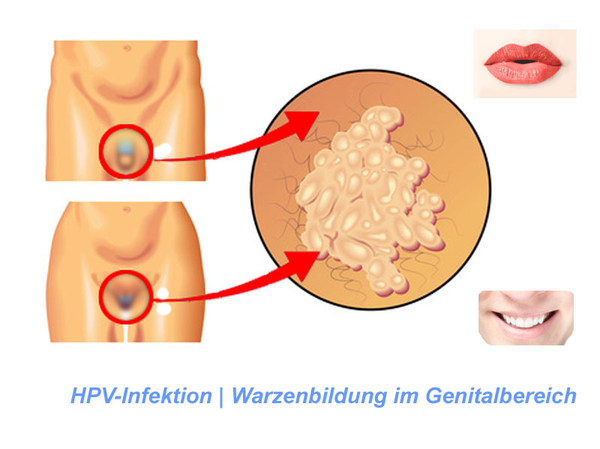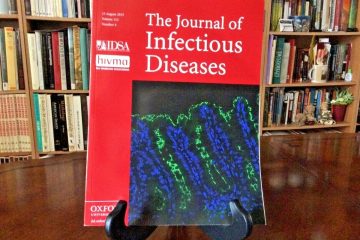Understanding HPV: Causes, Effects, and Significance

Introduction to HPV
Human Papillomavirus (HPV) is a common virus that affects millions of people worldwide. It is significant due to its association with various types of cancers, including cervical cancer, and its role in sexual health. Understanding HPV is crucial for effective prevention and awareness, particularly as recent studies highlight the importance of vaccination and early screening.
What is HPV?
HPV is a group of more than 200 related viruses, some of which can lead to health problems. While most HPV infections are harmless and resolve on their own, persistent infection with high-risk HPV types can result in precancerous lesions or cancers. HPV is primarily transmitted through intimate skin-to-skin contact, affecting both men and women.
The Impact of HPV on Public Health
The World Health Organization (WHO) estimates that HPV is responsible for approximately 5% of all cancers globally. This includes the overwhelming majority of cervical cancers, with around 99% being linked to HPV infection. The virus can also cause other types of cancer, such as anal, head and neck, vulvar, and penile cancers. The health burden imposed by HPV emphasizes the need for ongoing public health initiatives focused on education, vaccination, and early detection.
Prevention and Vaccination
Vaccination is one of the most effective ways to prevent HPV infections and subsequent diseases. The HPV vaccine, approved for boys and girls, is recommended starting from ages 11 to 12, although catch-up vaccination is encouraged up to age 26. Research indicates that the vaccine significantly reduces the rates of HPV infections and related cancers. Additionally, regular screening, such as Pap smears and HPV tests for women, is vital for early detection of changes that may indicate cervical cancer.
Current Developments in HPV Awareness
As of late 2023, several countries have intensified efforts to promote HPV vaccination and screening programmes. Initiatives aimed at raising awareness about HPV transmission and the importance of prevention measures are being widely implemented. Health experts advocate for education that destigmatizes discussions around HPV, encouraging people to seek vaccinations and participate in screening programmes without fear or misinformation.
Conclusion
Understanding HPV and its public health implications is essential for reducing its impact on individuals and communities. Continued advocacy for vaccination and screening efforts will play a crucial role in lowering HPV prevalence and the associated cancer burden. As awareness grows, it is hoped that more individuals will take proactive steps towards prevention and health empowerment.








